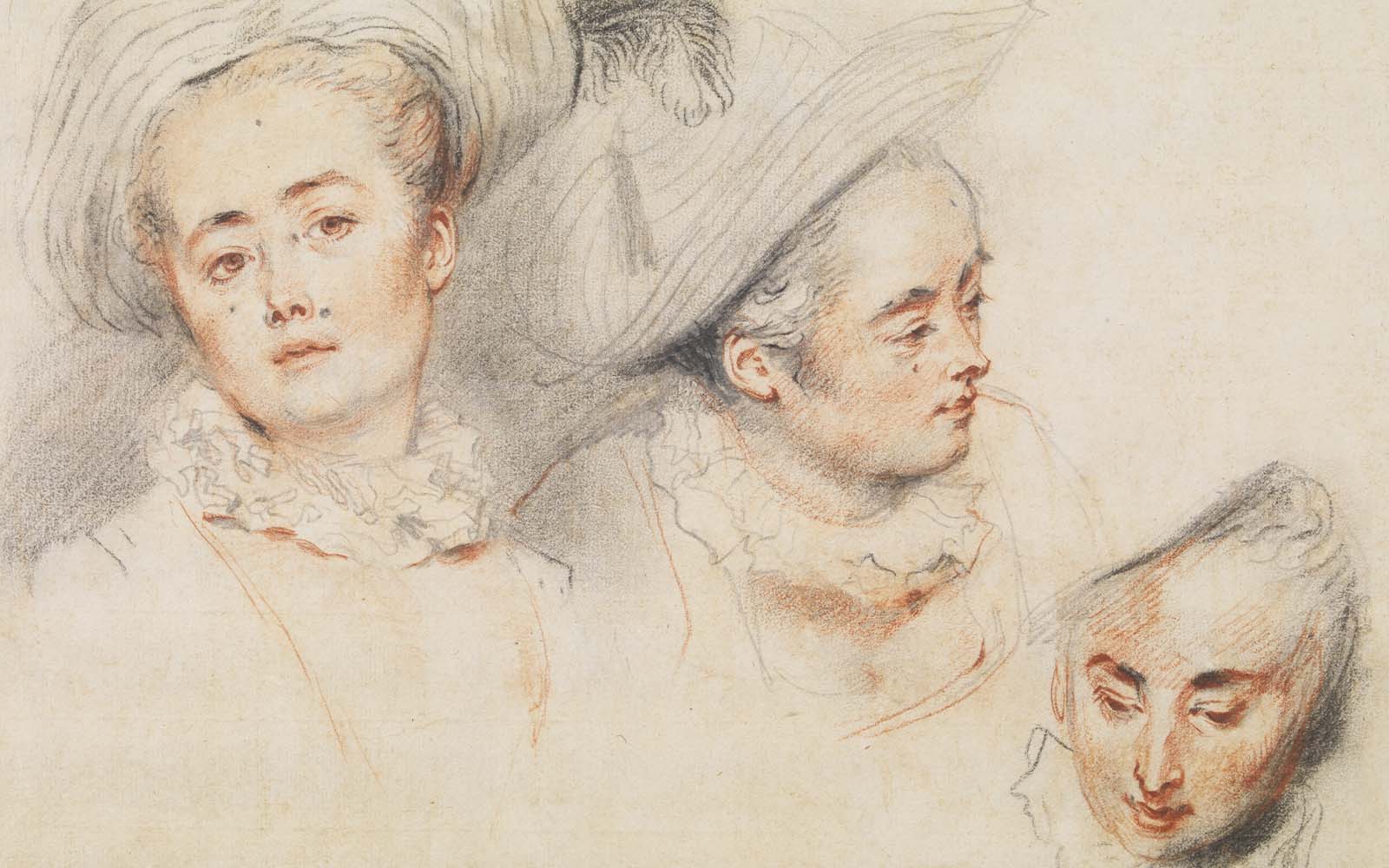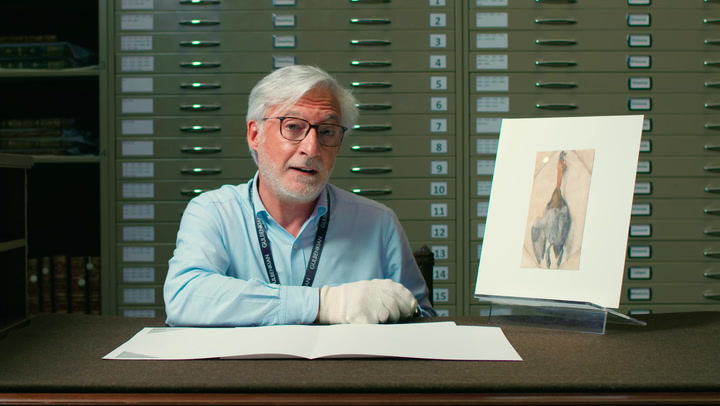The art of the line: three drawings from the Calouste Gulbenkian Collection

Among the nearly six thousand pieces in the collection brought together by Calouste Sarkis Gulbenkian (1869-1955), there is a small group of drawings that are accompanied by an equally modest number of watercolours. These sections do not usually feature in the Museum’s exhibition discourse, appearing only occasionally as part of a rotation or temporary exhibition.
These circumstances, added to the fact that the collection was severely damaged by the floods of 1967 while awaiting transfer from Pombal Palace in Oeiras to the Museum in which it would be installed from 1969, mean that the majority of the public are unaware of the existence of these drawings.
If it were not for the importance of some of these works, which are truly extraordinary, this would indeed be a ‘hidden’ collection. Prime examples of this are the drawings by Albrecht Dürer, Dead Duck; Jean Antoine Watteau, Three studies of a young woman’s head; and, perhaps less well-known but just as relevant, Landscape at dusk, by Jean-François Millet. Although the first two are frequently requested for inclusion in international exhibitions, being major works in the context of Dürer and Watteau’s respective artistic production, Millet’s drawing adds to the two pastels also in the Collection with the technique of charcoal and white chalk.
Although chronologically distinct, we recognise the mastery in the use of line as a common element in the three drawings selected by Calouste Gulbenkian. Mastery is certainly the key word in understanding the choices of the Collector, for whom a drawing had to be of ‘exceptional interest’ for it to attract his attention. However, Gulbenkian’s interest in drawing was by no means limited to loose sheets, and, given his bibliophile nature, he favoured illustration, particularly the original drawings and watercolours that ‘filled out’ beautiful editions, making them unique copies and true collector’s items. These exceptional books confirm Gulbenkian’s interest in the singularity of drawing in its multiple possibilities, including engraving, another artistic category he liked to collect.
João Carvalho Dias
Curator of the Museu Calouste Gulbenkian
